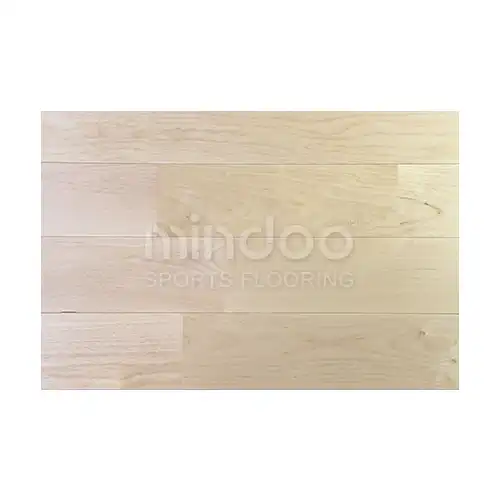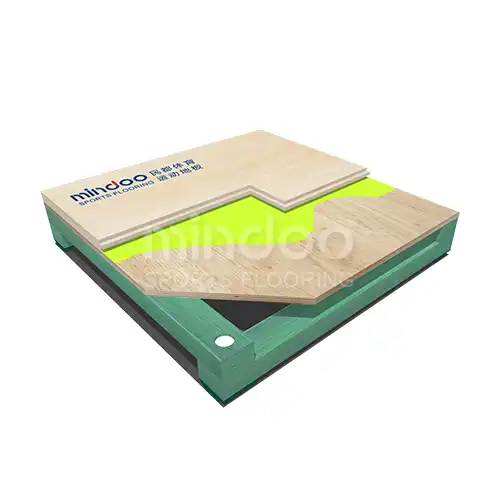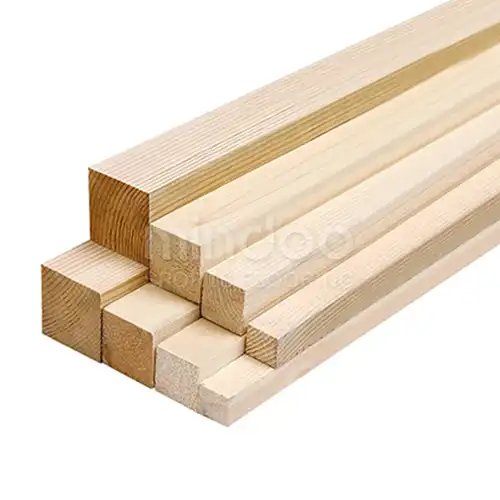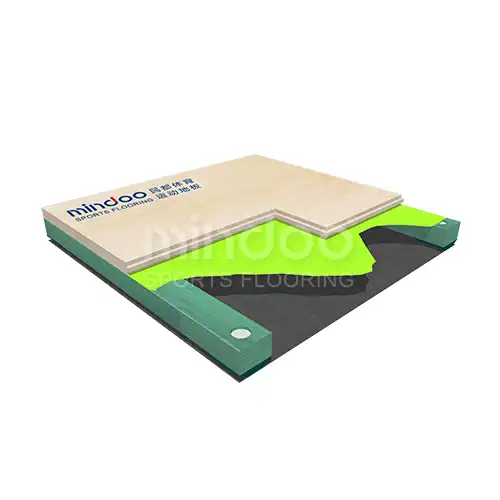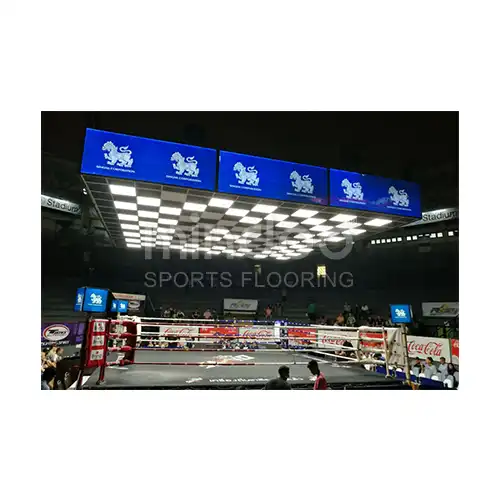The Growing Demand for Sports Facilities in Africa and Asia: Implications for the Sports Flooring Market
As the global sports industry continues to expand, the rising demand for state-of-the-art sports facilities in regions like Africa and Asia is having a profound effect on various sectors. One of the most significant shifts observed is in the sports flooring market, particularly in the area of hardwood flooring. With increasing investments in sports infrastructure, countries across these regions are prioritizing the development of modern, professional-grade facilities, which directly influences the demand for specialized sports flooring solutions.

Rapid Growth of Sports Infrastructure in Asia and Africa
Asia and Africa, two continents with large and rapidly growing populations, have seen an upsurge in investments aimed at building new sports infrastructure. Governments, private companies, and international organizations are increasingly recognizing the importance of sports as a tool for social change, economic development, and international recognition. From multi-purpose arenas to specialized training centers, these regions are rapidly becoming hubs for sports development.
Asia, with its booming economies and major sporting events, has placed significant emphasis on upgrading its sports facilities. China, India, and Japan lead the charge, not only focusing on elite-level venues but also building sports complexes at the grassroots level to promote community health and well-being.
On the African continent, nations are also following suit. Countries like South Africa, Nigeria, and Kenya are heavily investing in sports infrastructure to elevate their profiles on the global stage and enhance the quality of life for their citizens. These investments are part of a broader strategy to use sports to foster youth development, create job opportunities, and increase tourism.
The Impact on the Sports Flooring Market
One of the most critical components in the development of modern sports facilities is the installation of high-quality sports flooring. Traditionally, hardwood flooring has been a staple in gymnasiums, basketball courts, and other indoor sports areas. However, with the growing need for versatile, durable, and high-performance surfaces, demand for innovative sports flooring solutions, including hardwood and synthetic options, has skyrocketed.

The Rise of Hardwood Sports Floors
In both Asia and Africa, the demand for hardwood sports flooring has been particularly pronounced. The rich aesthetic and excellent performance characteristics of hardwood floors make them a favorite choice for basketball, volleyball, and badminton courts. They offer superior shock absorption, reduce the risk of injury, and provide an ideal surface for fast-paced sports that require a high degree of player agility.
The growing trend of creating multi-purpose sports venues that host a variety of activities has further fueled the need for versatile, high-quality flooring. Hardwood floors meet these needs by being durable, resilient, and aesthetically pleasing. With the rise in international sporting events and the desire to adhere to global standards of sports infrastructure, hardwood floors have become a necessity for many new facilities.
The Popularity of Synthetic Flooring Materials
While hardwood remains the gold standard in sports flooring, synthetic flooring materials have seen an increase in popularity, especially in regions where cost-efficiency and rapid installation are prioritized. In many African and Asian countries, synthetic sports floors—such as rubber and polyurethane—are increasingly being used in training centers, schools, and smaller sports complexes. These surfaces provide a practical and economical alternative to hardwood flooring, offering durability and low-maintenance benefits while still providing adequate performance for a range of indoor sports.
For example, in countries where rapid development and budget constraints are common, synthetic floors offer a faster, more affordable solution for sports facility developers. The increasing demand for these materials is pushing manufacturers to innovate, producing flooring systems that offer better performance while reducing costs. Synthetic flooring options have thus expanded their presence in both low-budget and high-end sports facilities across these continents.
Regional Demand Drivers: Economic Growth, Sporting Culture, and Infrastructure Projects
The surge in demand for sports facilities—and by extension, sports flooring—can be attributed to several key factors. Economic growth in both Asia and Africa has increased disposable incomes and led to greater government spending on public infrastructure. As these economies grow, the middle class expands, and more people have access to recreational activities. This has created a broader base for sports participation, leading to the need for more sophisticated sports facilities, including professional-grade flooring solutions.
Moreover, sports have become a central part of national development strategies in these regions. In countries like China, India, and South Africa, sports are seen as a way to unite communities, provide educational opportunities, and drive economic growth. Hosting international competitions, such as the Commonwealth Games or the FIFA World Cup, requires not only cutting-edge stadiums and arenas but also top-tier flooring solutions that can withstand heavy use.

Furthermore, as urbanization accelerates in both continents, governments are increasingly building multi-purpose sports venues as part of broader urban development projects. These venues are being constructed not only to host local and international competitions but also to provide spaces for local communities to engage in recreational activities. As these venues multiply, so too does the demand for quality flooring materials that can meet the needs of various sports while being cost-effective and sustainable.
The Future of the Sports Flooring Market in Asia and Africa
Looking ahead, the sports flooring market in Asia and Africa is poised for continued growth. With governments continuing to prioritize sports infrastructure development and the increasing recognition of the role that sports can play in economic and social development, the demand for quality sports flooring will only intensify. Manufacturers will need to adapt to the specific needs of these regions, offering products that balance performance, cost, and sustainability.
For the hardwood flooring industry, this could mean exploring new ways to source sustainable wood, as the environmental concerns surrounding deforestation continue to grow. At the same time, synthetic flooring manufacturers will need to focus on improving product durability, reducing environmental impact, and enhancing the aesthetics of their materials to compete with the timeless appeal of hardwood.
